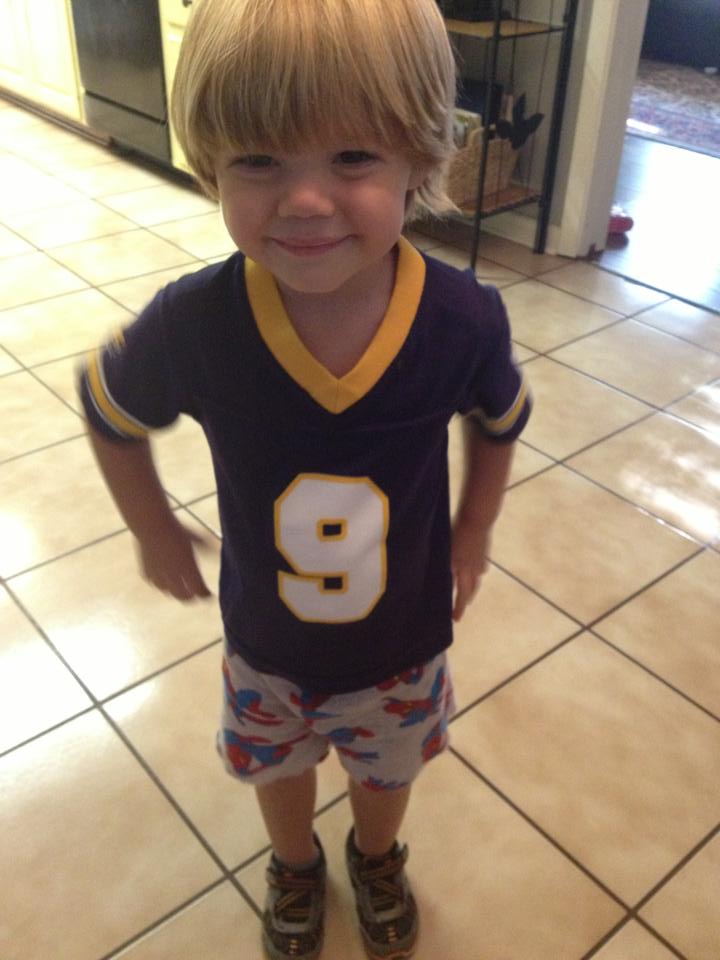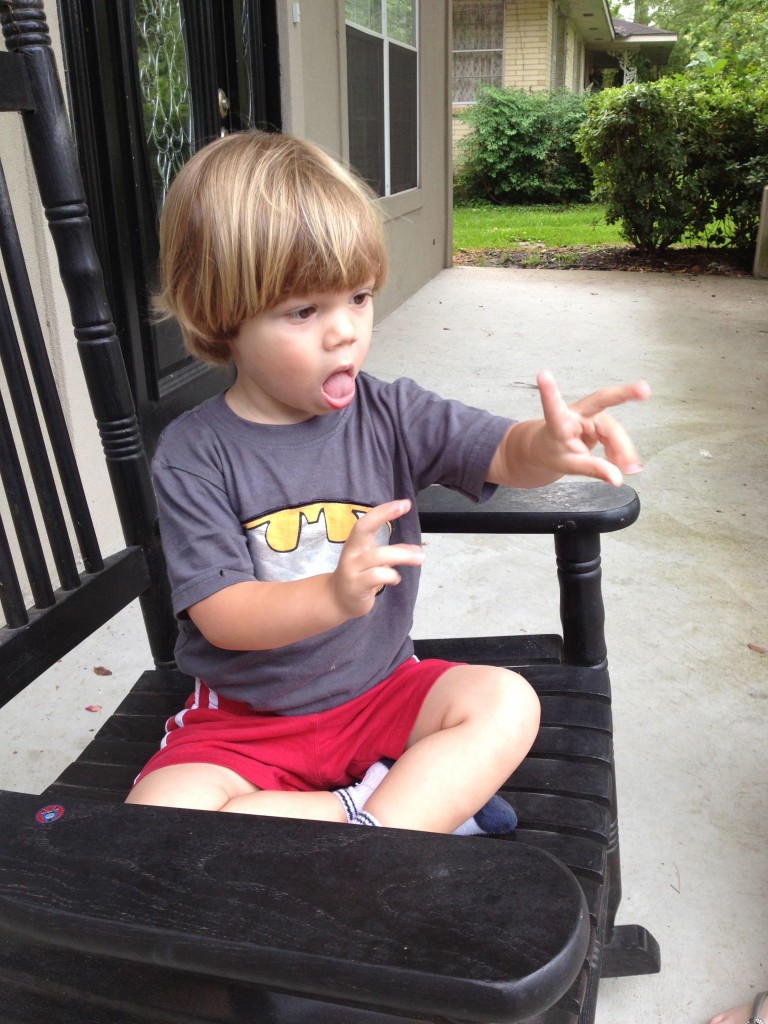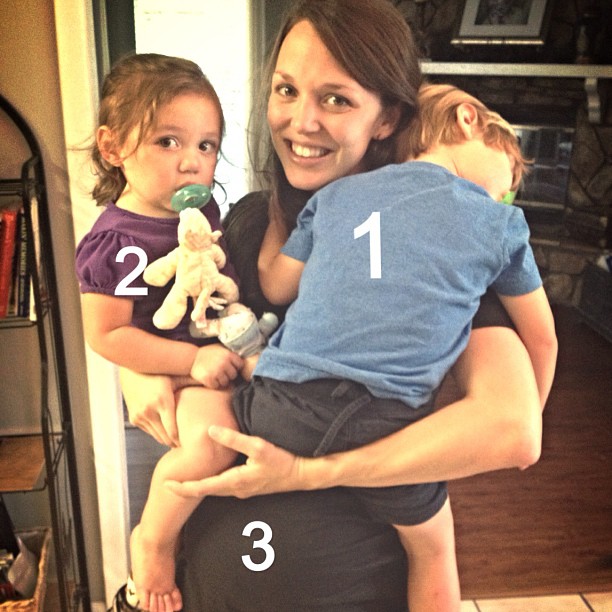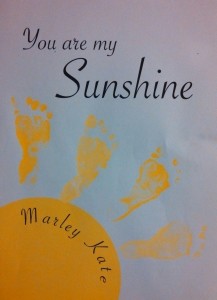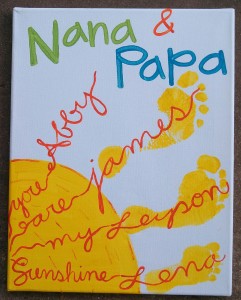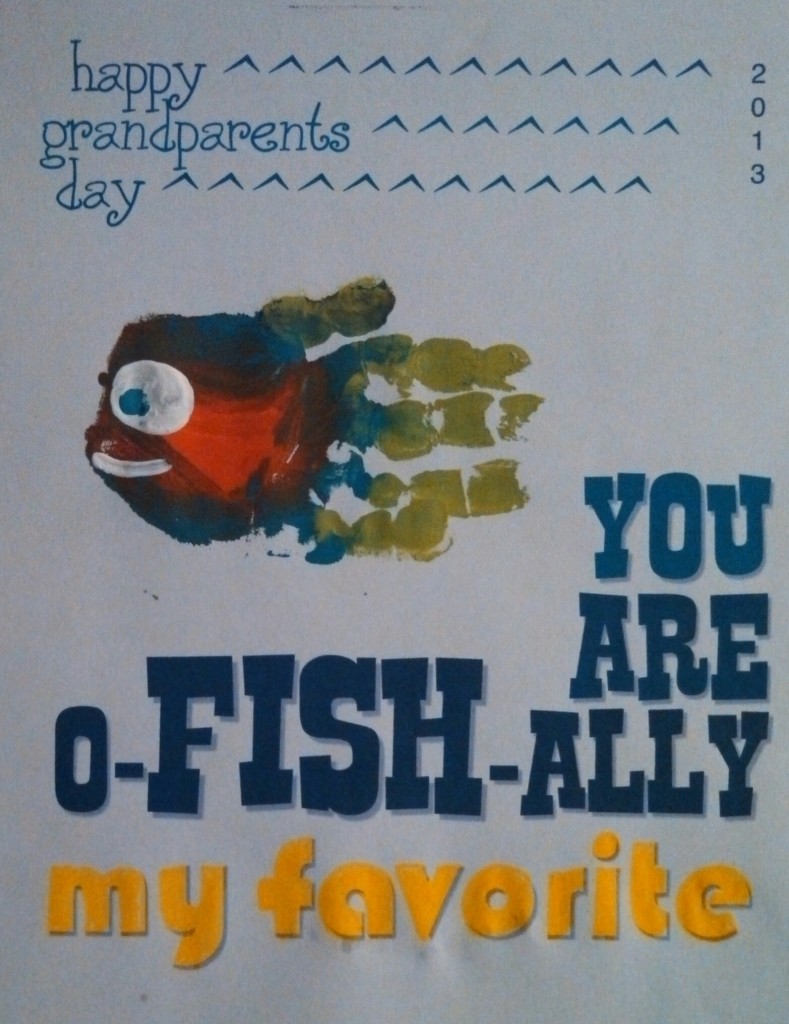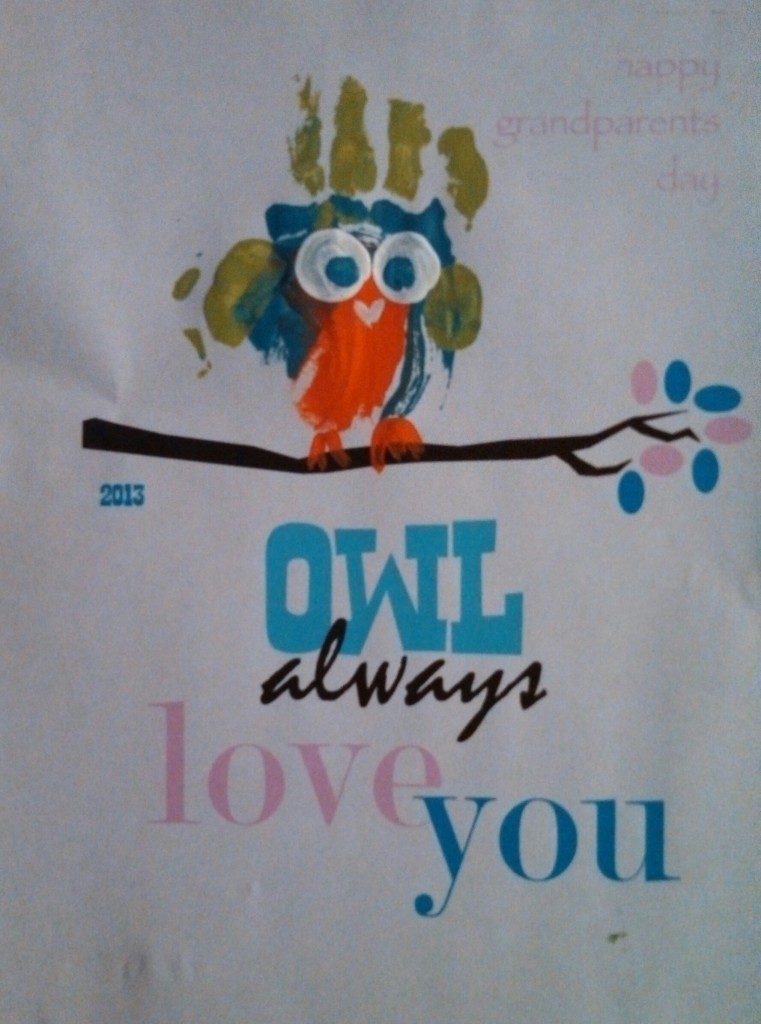My kids often do things that are expectedly unexpected (if that even makes sense). If I tell my kids to do something and they have a reaction that I didn’t anticipate, it is unexpected… but since it happens every single day a bajillion times a day… really… how unexpected can it be? Expectedly unexpected.
Expectedly unexpect this, kids: MY reaction to above situation. I get annoyed. Punish. Yell. Throw a Mommy hissy fit if it is the umpteenth time I have told them to turn off the TV. Put the kids in timeout. Take away the TV for the day. Talk talk talk talk talk about how they disobeyed. Seriously, you’d think they’d learn. You think, I’d learn.
Well, I had this re-epiphany the other day. A re-epiphany is that ‘aha’ moment that has been tucked away in our heads. Sometimes we just need a little reminder. And here is my re-epiphany… I need to teach my kids HOW TO THINK!
Pre-Re-Epiphany:
Me: “It’s time to get dressed…”
Yet they continued to play with toys.
Me: “C’mon boys, let’s get dressed.”
Nothing.
Me: “Stop playing with toys and get dressed!”
Yeah, I’m not proud of those moments when I snap. So, I have recently started turning the conversation around by verbally thinking about and questioning the situation to give them a chance to make the correct decision about what is the important thing to do to accomplish a task.
Post-Re-Epiphany
Me: “It’s time to get dressed.”
They continue to play with toys.
Me: “We need to get to school on time, so which is more important right now: playing with toys or getting dressed?
Boys: “Getting dressed.”
Me: “What happens if we play with toys instead of getting dressed?”
Boys: “Then we are going to be late for school…”
and my little one added: “Then Mommy will be maaaaad.”
Yup… I guess I needed this little epiphany to get myself to chill out because fussing at my kids apparently sticks in their little minds.
I have been focusing my conversations with the kids on using guiding questions to help them discern how to behave. The things that you and I as adults do automatically in our heads do not come naturally to young kids, but we can teach them the thought process that needs to be going through their minds. We can verbally model that for them so they start doing it as well:
Is this the right thing to do?
Which is more important?
What would happen if I didn’t listen?
This type of teaching will help your kids learn how to think things through. If you notice, I talked about our goal: to get to school on time. Then I narrowed down the field of all of the possible things they could be doing right now to two things: playing with toys (the action they are doing) and getting dressed (the action I need them to be doing.
I then ask “What is more important right now?” The right now is important because we do not want them to think that the things that matter most to them aren’t important, but at that exact moment, which is the MOST important. With my 3-year-old, I sometimes also have to say, “We can play with our toys after homework today when it is play time,” to remind him that his own personal goal (to play with toys) will also be fulfilled, but at a later point today.
We have used this approach for many things this week – most of them have been in the format of prioritizing which activity will best help us to reach our goal.
Teaching how to think is cross-curricular. You already teach foreshadowing (what’s going to happen next) in reading and math (sequencing) and cause and effect in science. This is just taking the same conversational approach and applying it to behavior.
I recommend also having these conversations during regular play, not just when you need them to do something. Expect the unexpected. Try to anticipate how they might do something that you will have to fuss them for and start a conversation about it before it happens…
Mommy Teacher: “If we are going to play in your room which is next to your sleeping sister’s room, is it more important to talk loudly or quietly?”
Child: “Quietly.”
Mommy Teacher: “Why do we need to talk quietly?”
Child: “Because we do not want to wake Sister up.”
And if you’re like me and have a little lawyer or politician on your hands who will try to argue his decision to choose to do something besides what you need him to do, just remind him to think about what is MOST important to accomplish the end goal.

